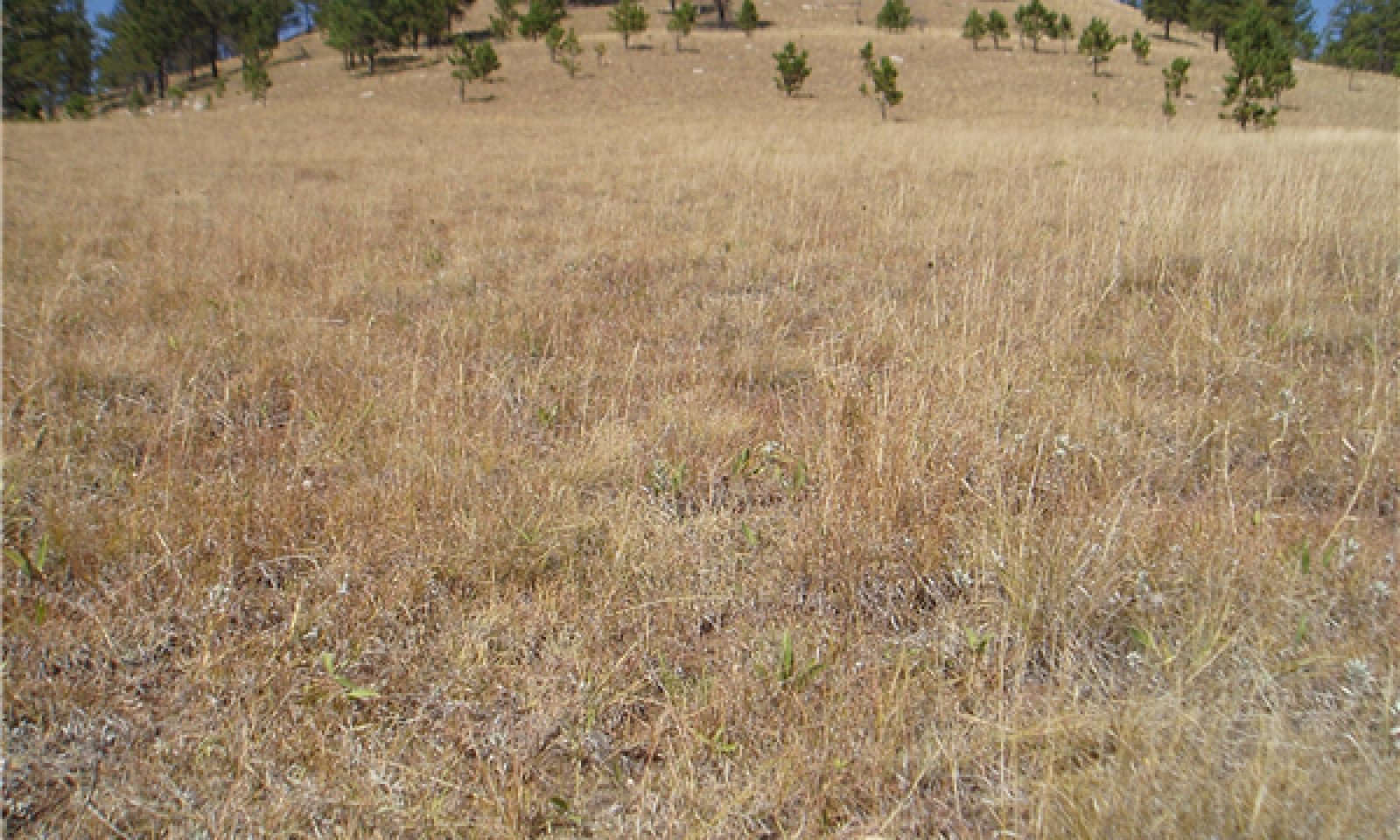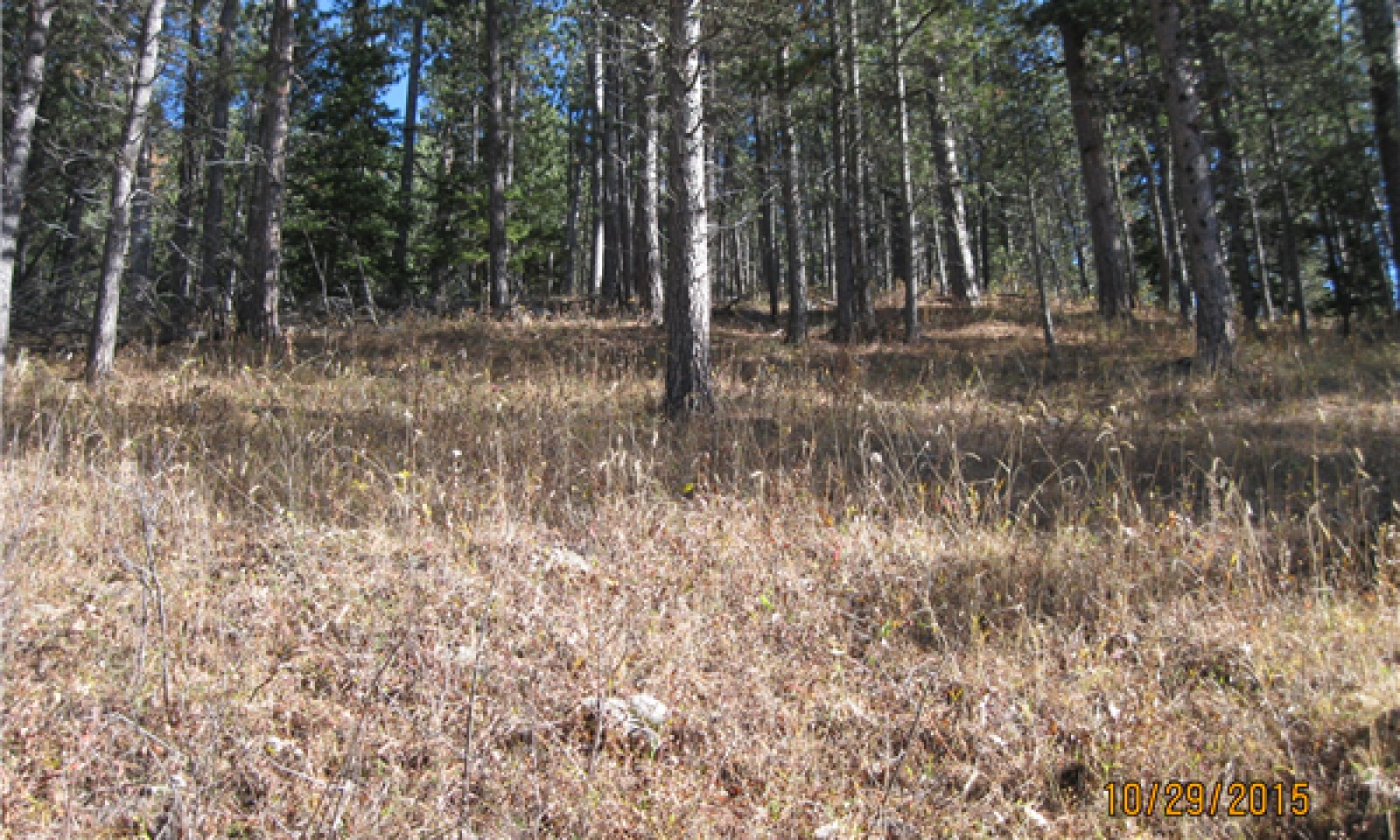
Thin Upland
Scenario model
Current ecosystem state
Select a state
Management practices/drivers
Select a transition or restoration pathway
- Transition 1A More details
- Transition 5A More details
- Restoration pathway 2A More details
- Transition 2A More details
- Transition 5A More details
- Transition 3A More details
- Transition 5A More details
- Restoration pathway 4A More details
- Transition 4A More details
-
No transition or restoration pathway between the selected states has been described
Target ecosystem state
Select a state
Description
This state represents what is believed to represent the natural range of variability that dominated the dynamics in this ecological site prior to European settlement. This site is dominated by warm-season grasses. Cool-season grasses are sub-dominant. In pre-European times the primary disturbances included fire and grazing by large ungulates and small mammals. Favorable growing conditions occurred during the spring, and continue through the warm months of June through August. Routine and/or occasional fires reduced tree cover and contributed to the ecological processes that maintained the reference plant community. Today a similar state can be found in areas where proper livestock use has occurred and where the encroachment of trees, especially ponderosa pine, has been limited.
Submodel
Description
This state is dominated by short-grass and grass-like species as a result of continuous grazing, or heavy, continuous season-long grazing without adequate recovery, or extended periods of drought. In the early stages of this State, mid-grass remnants may be present in sufficient quantities to allow for recovery to the Reference State. The dominant herbaceous species present are well adapted to grazing. Over time, the plant community will become very resistant to change due to higher runoff and reduced infiltration. Conifers may increase in this state due to the reduction of fine fuels, which is typical of short- statured grass communities.
Submodel
Description
This state is dominated by annual grasses and forbs, perennial pioneer species, short-grass and grass-like species, and half-shrubs. This is a result of heavy, continuous grazing without adequate recovery, frequent and severe defoliation, or heavy disturbance. In the early stages of this state, short-grass remnants may be present in sufficient quantities to allow for recovery to the Short Grass State. This state may have very diverse plant communities, depending upon the species that become established as soil disturbance and the percentage of bare ground is high.
Runoff is high and infiltration is low. Soil erosion can be excessive, especially on steeper slopes. Conifers will commonly be present and may have increased beyond what was present in State 2.
Submodel
State 4
Wooded State



Description
This state is dominated by conifer or conifer and deciduous tree overstory. This state is common on north- and east-facing slopes, and very common in the northern LRU (A). This state can be confused with a forest site, except it will not exhibit woodland soil characteristics such as an E soil horizon. Where conifer encroachment has been continuous for long periods of time, carbonates may have leached into the soil profile and the upper 2 to 3 inches may be neutral or slightly acidic. The midstory and understory may also resemble a forest plant community with shade-tolerant shrubs, grasses, grass-likes, and forbs. This state is the result of non-use and no fire.
This state may also be droughty, as ponderosa pine canopy was found to significantly reduce precipitation reaching the forest floor by an average of 30 percent due to interception in area of intermediate and dense canopy (Wrage, 1994).
Submodel
Mechanism
Continuous season-long grazing without adequate recovery periods or heavy, continuous season-long grazing above the carrying capacity, and/or extended periods of drought will cause a transition to the Shortgrass State (2.0).
Mechanism
Encroachment of conifers and the lack of periodic fire will allow the transition to the Wooded State (4.0). In the North LRU this can include ponderosa pine and deciduous trees species, including paper birch and bur oak; in the South LRU, tree species include ponderosa pine and, to a lesser extent, Rocky Mountain juniper.
Mechanism
Long-term prescribed grazing that provides adequate recovery time and change in seasons of use can restore this plant community to the Reference State (1.0). This process can take an extended period of time, especially if mid-stature cool- and warm-season species make up only a small percentage of the plant community. Prescribed fire or brush management may be required if conifers have become established and are increasing.
Mechanism
Heavy continuous season-long grazing without adequate recovery periods, heavy disturbance, or frequent and severe defoliation will cause a transition to the Early Seral State (3.0).
Mechanism
Encroachment of conifers and the lack of periodic fire will allow the transition to the Wooded State (4.0). In the North LRU this can include ponderosa pine and deciduous trees species including paper birch and bur oak; in the South LRU, ponderosa pine and, to a lesser extent, Rocky Mountain juniper.
Mechanism
Long-term prescribed grazing that provided adequate recovery time and a change in seasons of use may restore this plant community to the Short Grass State (2.0). This process can take an extended period of time, and may not be successful or meet management goals. Seeding native species may be an option to restore this State but the outcome can be vary greatly and may not be successful. Prescribed fire or brush management may be required if conifers have become established and are increasing.
Mechanism
Encroachment of conifers and the lack of periodic fire will allow the transition to the Wooded State (4.0). In the North LRU this can include ponderosa pine and deciduous trees species, including paper birch and bur oak; in the South LRU, ponderosa pine and, to a lesser extent, Rocky Mountain juniper.
Mechanism
Fire or prescribed burning or brush management in concert with long-term prescribed grazing can restore this plant community to the reference state (1.0). On slopes greater than 40 to 45 percent, livestock grazing will not likely be a factor in the plant community dynamics post-fire. Aerial seeding operations immediately after a fire have proven to be successful; however, the outcome may not meet management goals other than erosion control.
Mechanism
Fire or prescribed burning or brush management in concert with prescribed grazing that allows for proper stocking rate, and a change in the season of use can transition this plant community to the Shortgrass State (2.0). This transition is more likely to occur on shallower slopes where livestock use contributed to the plant community dynamics.
Model keys
Briefcase
Add ecological sites and Major Land Resource Areas to your briefcase by clicking on the briefcase (![]() ) icon wherever it occurs. Drag and drop items to reorder. Cookies are used to store briefcase items between browsing sessions. Because of this, the number of items that can be added to your briefcase is limited, and briefcase items added on one device and browser cannot be accessed from another device or browser. Users who do not wish to place cookies on their devices should not use the briefcase tool. Briefcase cookies serve no other purpose than described here and are deleted whenever browsing history is cleared.
) icon wherever it occurs. Drag and drop items to reorder. Cookies are used to store briefcase items between browsing sessions. Because of this, the number of items that can be added to your briefcase is limited, and briefcase items added on one device and browser cannot be accessed from another device or browser. Users who do not wish to place cookies on their devices should not use the briefcase tool. Briefcase cookies serve no other purpose than described here and are deleted whenever browsing history is cleared.
Ecological sites
Major Land Resource Areas
The Ecosystem Dynamics Interpretive Tool is an information system framework developed by the USDA-ARS Jornada Experimental Range, USDA Natural Resources Conservation Service, and New Mexico State University.

